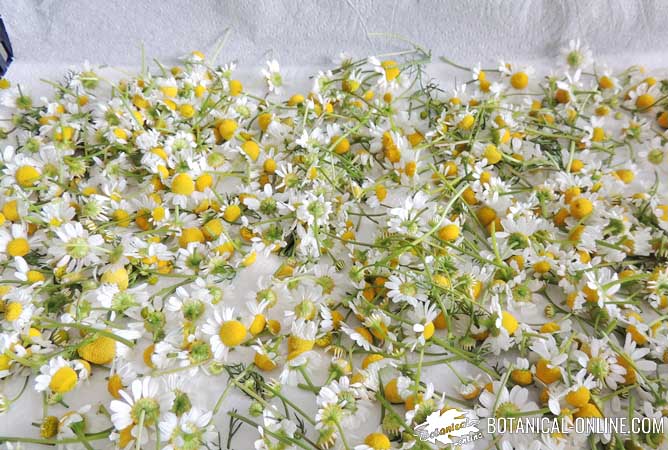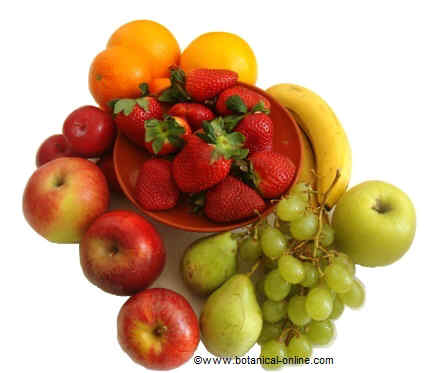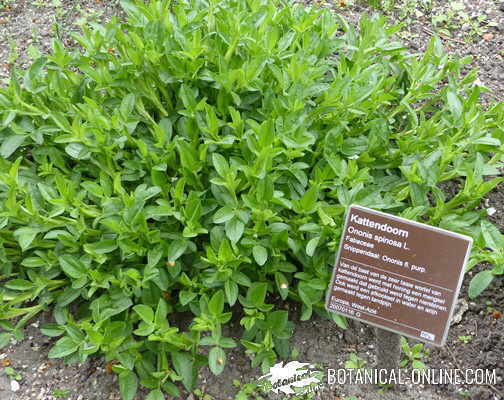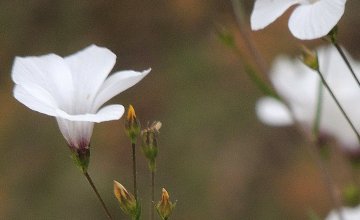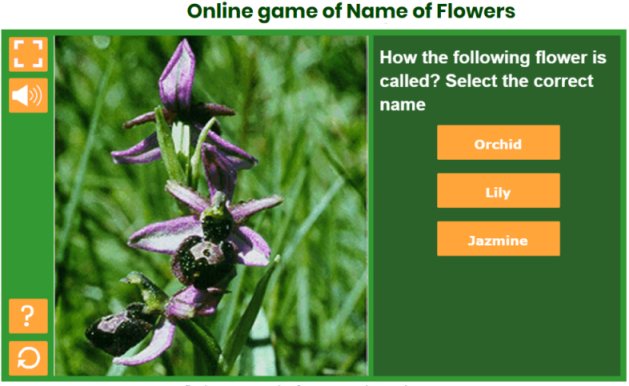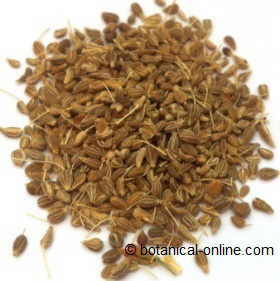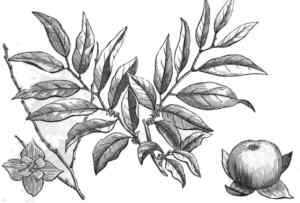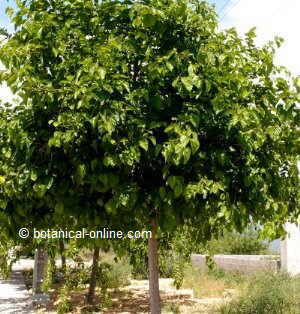Contents
WHAT IS A GOLDEN SEAL PLANT?
Characteristics of golden seal (Hydrastis canadensis)
Common English name: Golden seal, goldenseal, orange rood, yellow puccoon, ground raspberry, Indian paint, Eyebalm (The name is due to the bright yellow color of the rhizome and to the fact that it has a series of marks that make it look like the old stamps that were used to seal the documents)
Scientific name of golden seal: Hydrastis canadensis L.
Family: Buttercup family (Ranunculaceae)
Habitat: Were to find golden seal?
Native to Canada and the eastern United States, it grows in humus-rich lands in the shade of forests or at the edge of forests.
It is increasingly scarce in its natural habitat, being sought with much eagerness for its therapeutic properties.
It is cultivated intensively in North America, mainly in the states of Washington and Oregon, and in Canada, in the region of Ontario. There are also crops in Europe.
Description of golden seal
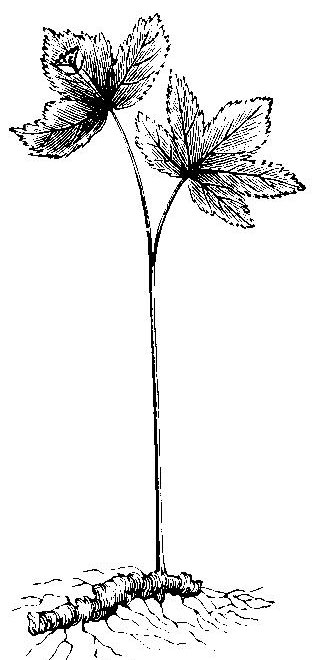
Perennial herb of the Ranunculaceae family up to 30 cm.
Stem cylindrical, erect, hirsute, born of a horizontal yellowish, gnarled rhizome, up to 10 cm thick.
Golden seal leaves are born in pairs at the end of a foliar stem, very wrinkled, palmately-lobulated, with 5 lobes and with well highlighted hairs. Lower leaves much larger till 22 cm in length and petiolated; superior ones, sessile.
This plant produces a solitary flower of white-greenish color, without petals, although provided with numerous stamens with very prominent yellow anthers.
Fruits in red berry with a single seed.
It flowers over the month of April and its inedible fruits, similar to a raspberry, is ripe over the month of July.
Components of golden seal
- Acids: ascorbic and chlorogenic (Roots)
- Alkaloids: hydrastine, berberastine, berberine and canadine. (Rhizome)
- Starch (Roots and Rhizome)
- Sucrose (roots)
- Fiber (Roots)
- Inositol (Plant)
- Vitamins: Vitamin C, Vitamin B1 (Thiamin), Vitamin B2 (Riboflavin), Vitamin B3 (Niacin) (Roots)
- Minerals: aluminum, calcium, chromium, cobalt, iron, magnesium, manganese, phosphorus, potassium, selenium, silicon, sodium, zinc (Roots)
![]() More information on golden seal.
More information on golden seal.

